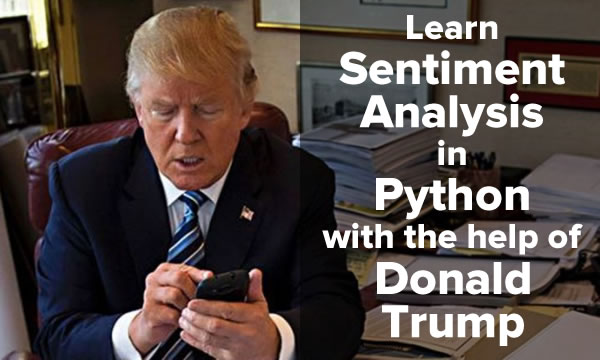
Here’s a new regular feature on Global Nerdy: 3 things, in which I’ll take a programming or technology topic and post three things that I found of interest on that topic. Today’s topic is a hot one: data science, which often goes hand in hand with Python.
The best data science course on the internet, according to someone who’s created an online master’s in data science
In the process of creating his own data science master’s program based on online resources, Udacity content developer David Venturi created a review-driven guide that recommends the best courses for each subject within data science, including:
- If you want to learn Data Science, start with one of these programming classes
- If you want to learn Data Science, take a few of these statistics classes
And now, he’s got an article with a near-irresistible title (well, it’s near-irresistible if you’re the sort of person who reads this blog): I ranked every Intro to Data Science course on the internet, based on thousands of data points.
I’ll spare you the suspense: the top-ranked course in his list is Kirill Eremenko’s Udemy course, Data Science A-Z™: Real-Life Data Science Exercises Included.
I like to think of Eremenko as the Tim Ferriss of data science; both bill themselves as lifestyle entrepreneurs and have an empirical approach. If his name sounds familiar, you may have heard of his site, SuperDataScience, or his podcast, SuperDataScience Careers Podcast, or his set of Udemy courses related to data and statistics.
Gauge Donald Trump’s mood by using Python to do sentiment analysis on his tweets
If you’ve been meaning to get started with Python and text analysis, here’s a fun way to do it: performing textual analysis on the tweets of the world’s first internet-troll-turned-head-of-state, as shown in this article, Sentiment analysis on Trump’s tweets using Python.
You’ll use:
- Tweepy to access the Twitter API and fetch Donald Trump’s tweets
- pandas to perform data analysis on those tweets
- NumPy, matplotlib, and seaborn to perform statistical analysis and create visualizations
- TextBlob to do sentiment analysis
To do this exercise, it’s strongly recommended that you use the Anaconda distribution of Python, as it comes will all sorts of useful tools specifically for data science.
Python podcasts
And finally, if you want to immerse yourself in Python while driving, walking, at the gym, or while away from the computer, you’ll want to check out Dan Bader’s Ultimate List of Python Podcasts.



